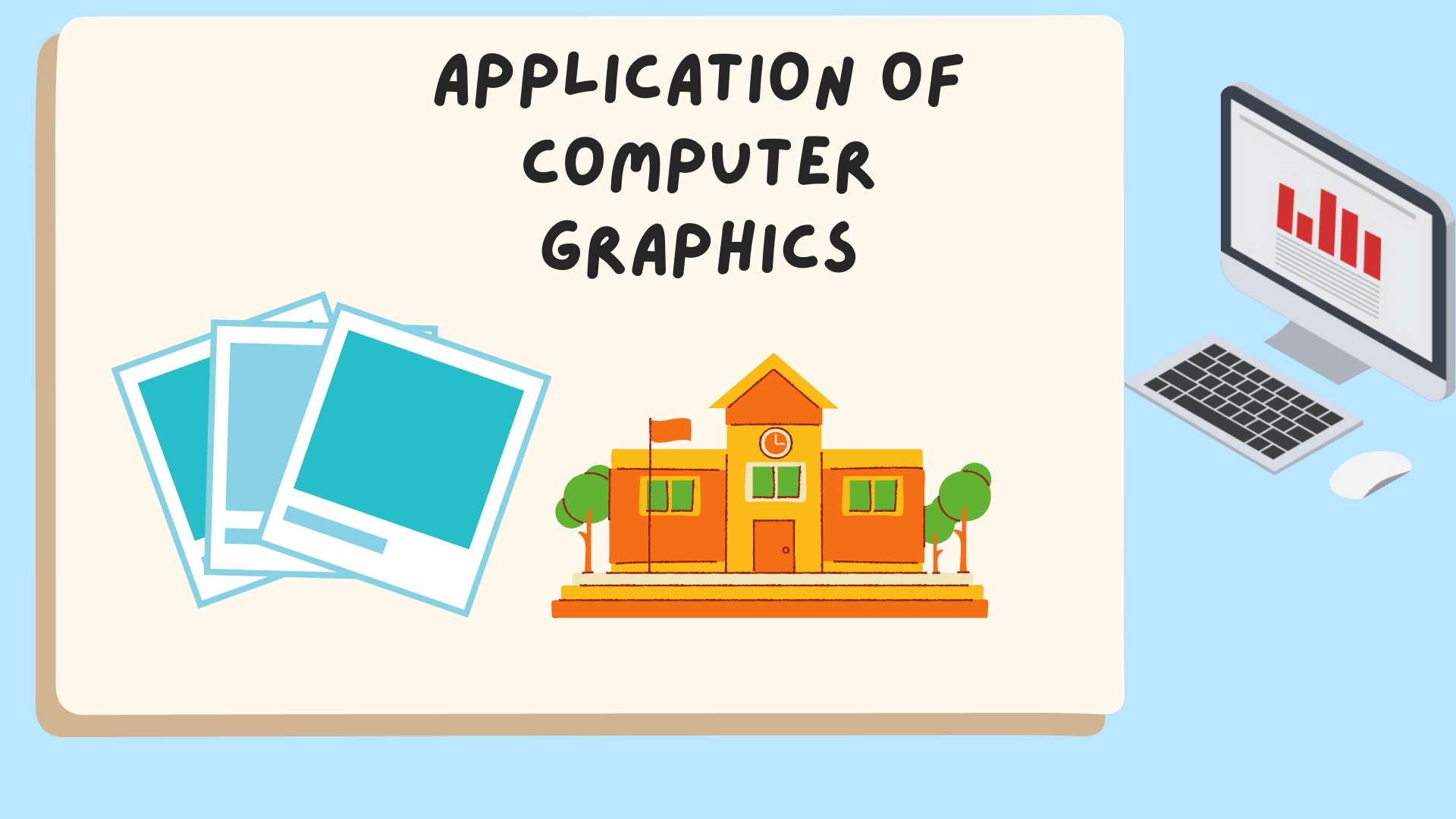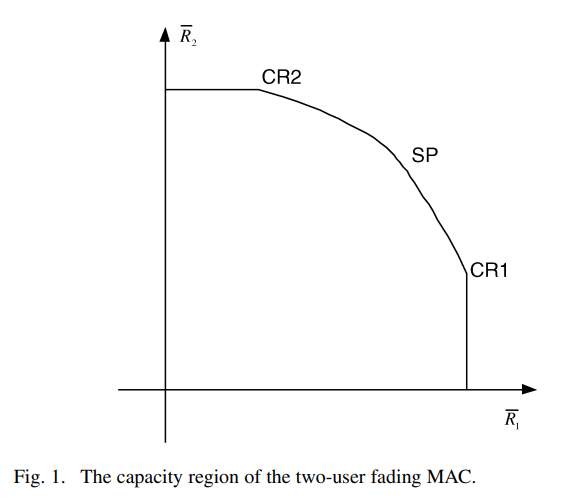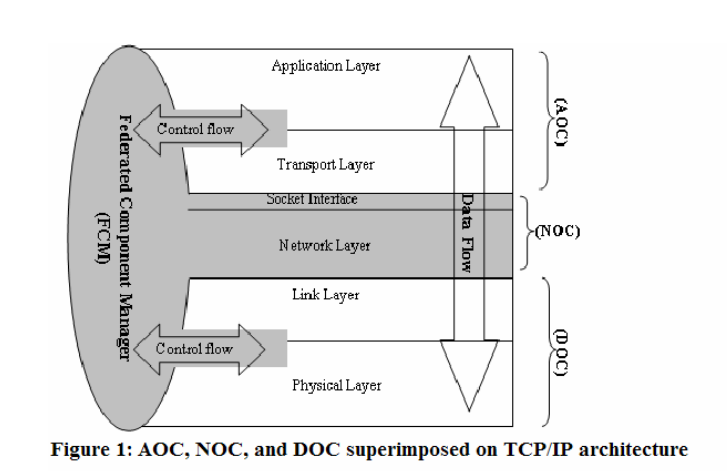Survey and taxonomy of information-centric vehicular networking security attacks
Information Centric Networks (ICNs) overcome the current IP-based networks weakness and aim to ensure efficient data distribution. The Main ICN features are location-independent naming, in-network caching, name-based routing, built-in security, and high mobility. ICN vehicular networks stratify the ICN architecture on the Vehicular Ad hoc Networks (VANETs) to reinforce a massive amount of data transmission and handle the critical time interests inside the vehicular networks while taking into consideration the vehicles’ high mobility. Original Equipment Manufacturers (OEMs) gather the real-time
Neural Machine Based Mobile Applications Code Translation
Although many cross platform mobile development software used a trans-compiler-based approach, it was very difficult to generalize it to work in both directions. For example, to convert between Java for Android Development and Swift for iOS development and vice versa. This is due to the need of writing a specific parser for each source language, and a specific code generator for each destination language. Neural network-based models are used successfully to translate between natural languages, including English, French, German any many others by providing enough datasets and without the need
Interactive 3D visualization for wireless sensor networks
Wireless sensor networks open up a new realm of ubiquitous computing applications based on distributed large-scale data collection by embedded sensor nodes that are wirelessly connected and seamlessly integrated within the environment. 3D visualization of sensory data is a challenging issue, however, due to the large number of sensors used in typical deployments, continuous data streams, and constantly varying network topology. This paper describes a practical approach for interactive 3D visualization of wireless sensor network data. A regular 3D grid is reconstructed using scattered sensor

Myocardial segmentation using contour-constrained optical flow tracking
Despite the important role of object tracking using the Optical Flow (OF) in computer graphics applications, it has a limited role in segmenting speckle-free medical images such as magnetic resonance images of the heart. In this work, we propose a novel solution of the OF equation that allows incorporating additional constraints of the shape of the segmented object. We formulate a cost function that include the OF constraint in addition to myocardial contour properties such as smoothness and elasticity. The method is totally different from the common naïve combination of OF estimation within
Myocardium segmentation in strain-encoded (SENC) magnetic resonance images using graph-cuts
Evaluation of cardiac functions using Strain Encoded (SENC) magnetic resonance (MR) imaging is a powerful tool for imaging the deformation of left and right ventricles. However, automated analysis of SENC images is hindered due to the low signal-to-noise ratio SENC images. In this work, the authors propose a method to segment the left and right ventricles myocardium simultaneously in SENC-MR short-axis images. In addition, myocardium seed points are automatically selected using skeletonisation algorithm and used as hard constraints for the graph-cut optimization algorithm. The method is based
Innovative human-robot interaction for a robot tutor in biology game
Robots nowadays, are introduced to many domains and fields. One of these fields is education. We introduce integrating robots and games in education. We have designed a humanoid robot tutoring biology. Our robot is interacting with a student to play a game to enhance and examine the student's knowledge. In our game, we developed cognitive capabilities for the robot. We analyzed the features that both the robot and the game have to possess, and we developed a system for organ detection and recognition with the highest possible accuracy and lowest processing time. Our game introduces a multi
In-silico development and assessment of a Kalman filter motor decoder for prosthetic hand control
Up to 50% of amputees abandon their prostheses, partly due to rapid degradation of the control systems, which require frequent recalibration. The goal of this study was to develop a Kalman filter-based approach to decoding motoneuron activity to identify movement kinematics and thereby provide stable, long-term, accurate, real-time decoding. The Kalman filter-based decoder was examined via biologically varied datasets generated from a high-fidelity computational model of the spinal motoneuron pool. The estimated movement kinematics controlled a simulated MuJoCo prosthetic hand. This clear-box
Improved Semantic Segmentation of Low-Resolution 3D Point Clouds Using Supervised Domain Adaptation
One of the key challenges in applying deep learning to solve real-life problems is the lack of large annotated datasets. Furthermore, for a deep learning model to perform well on the test set, all samples in the training and test sets should be independent and identically distributed (i.i.d.), which means that test samples should be similar to the samples that were used to train the model. In many cases, however, the underlying training and test set distributions are different. In such cases, it is common to adapt the test samples by transforming them to their equivalent counterparts in the

The water-filling game in fading multiple-access channels
A game-theoretic framework is developed to design and analyze the resource allocation algorithms in fading multiple-access channels (MACs), where the users are assumed to be selfish, rational, and limited by average power constraints. The maximum sum-rate point on the boundary of the MAC capacity region is shown to be the unique Nash equilibrium of the corresponding water-filling game. This result sheds a new light on the opportunistic communication principle. The base station is then introduced as a player interested in maximizing a weighted sum of the individual rates. A Stackelberg

Towards a federated network architecture
The layered architecture that guided the design of the Internet is deemed inadequate as a reference model for engineering protocols for NGN. Layered protocol suites impose a strict sequential order on protocol execution conflicting with the efficient engineering of end systems, as well as failing to express vertical functional integration, the separation of control and data planes, and the distributed nature of network functions. Furthermore, protocols developed according to the layered architecture are implemented as monolithic blocks with undefined or implicit dependencies lacking
Pagination
- Previous page ‹‹
- Page 16
- Next page ››
